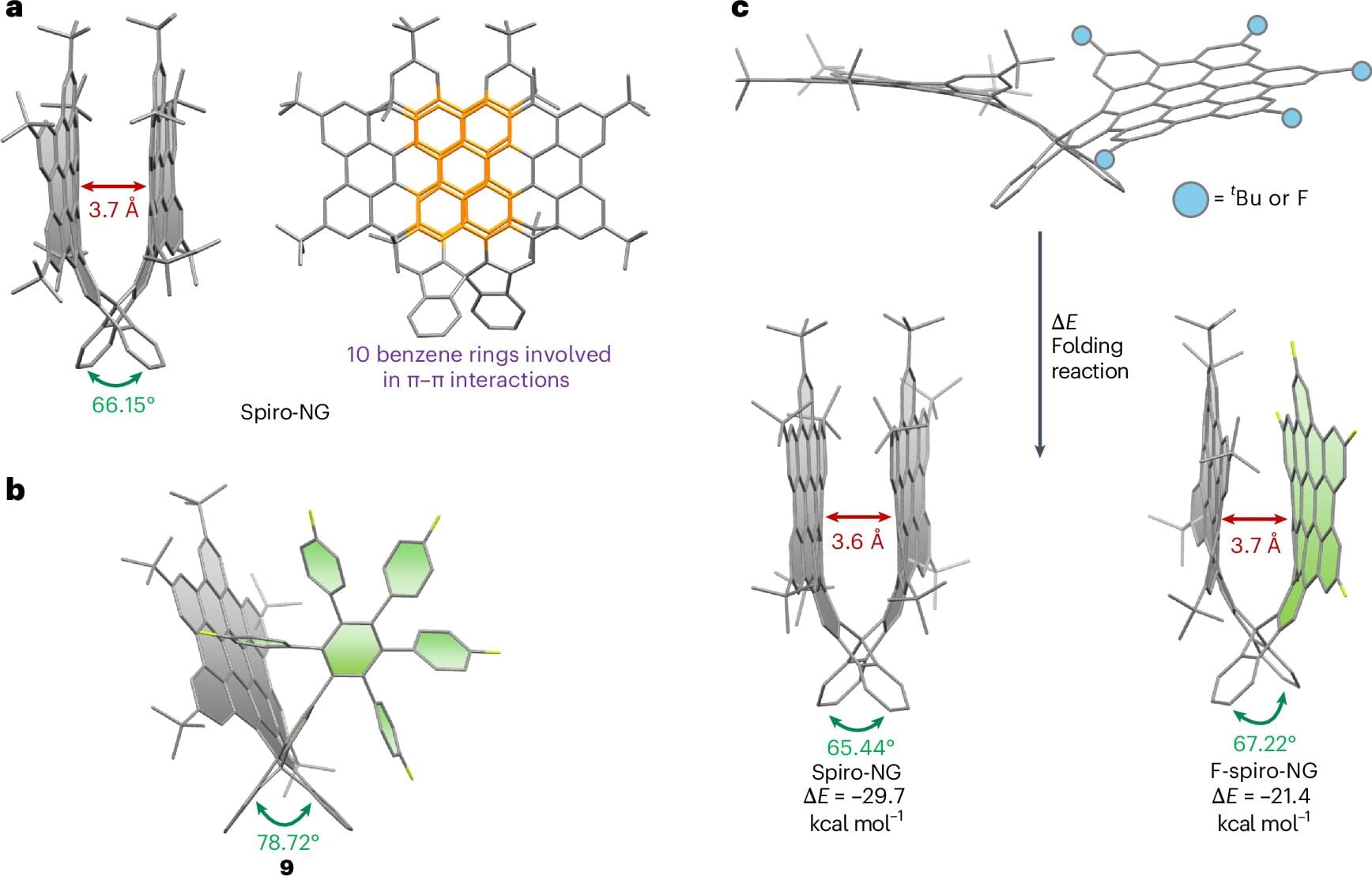Juan Casado Cordón, Professor of Physical Chemistry at the University of Malaga, considers graphene—an infinite layer of carbon atoms—as one of the greatest discoveries of the last 20 years due to its “unique properties” such as high electrical and thermal conductivity or its great flexibility and, also, resistance. Qualities that become exceptional, he explains, with a recently found evolution consisting in joining two layers of this material—bilayer graphene.
Researchers from the University of Malaga, led by Casado Cordón, and from the Complutense University, under the coordination of Professor Nazario Martín, have taken a step further and created an unprecedented molecular model of bilayer graphene that is capable of controlling rotation, which in turn allows controlling conductivity and achieving “potentially spectacular semiconducting properties.”
The result is a new model molecule of bilayer graphene. “By designing covalently bound molecular nanographenes we can simulate the search for the magic angle between graphene-like sheets, which is where semiconductivity is achieved, a key property in, for example, the construction of transistors, the basic units of computers,” explains this scientist from the Faculty of Science. This finding has been published in Nature Chemistry.
